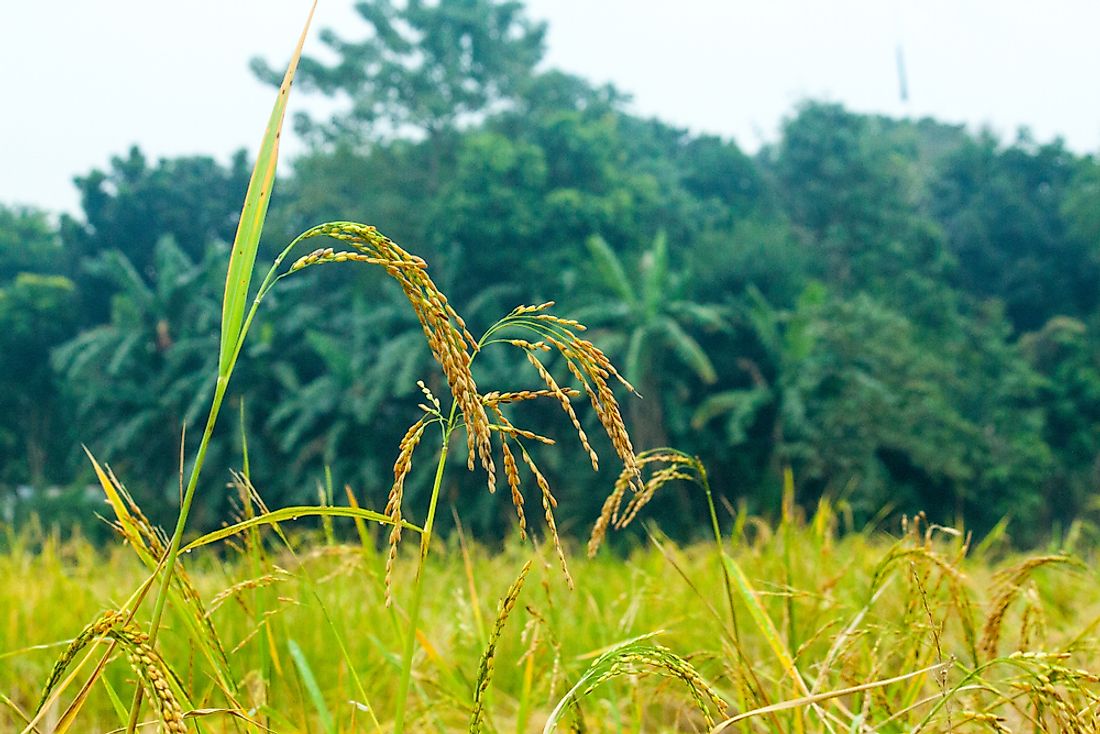The Economy Of Bangladesh

Bangladesh has a market economy. It is considered the 44th largest economy in the world and the second fastest growing. Since 2004, this country has experienced relatively constant growth at 6.5%. In 2016, it reached 7.1% and is around $180 billion. This amount is expected to increase to $322 billion by 2021. Bangladesh relies on diversified industries, including textiles, pharmaceuticals, leather, fishing, steel, natural gas, shipbuilding, telecommunications, and food processing. Additionally, it has the second largest financial sector of the Indian subcontinent.
The relative stability of this economy has attracted the attention of foreign investors. In 2015, direct foreign investments exceeded $2 million, 44% more than in 2014. These investments were directed at some of the previously mentioned industries, as well as oil and power generation. One of the reasons so many foreign investors are attracted to Bangladesh is its open policy which allows for 100% foreign funds in some industries.
Economic History of Modern Bangladesh
Bangladesh gained its independence from Pakistan in 1971. At that time, the new country implemented a socialist framework for its economy. Under this framework, all industries within the country were state-owned. This move resulted in slow growth, food shortages, and inefficient goods production. The inefficiency led to lost external buyers. This changed in 1975, however, when the government of Bangladesh set about reforming the economy. The reform gave way to private industry participation in the market. Gradually, the government began to privatize state-owned businesses, including telecommunications, banking, media, and jute production.
By the 1980’s, the country had begun to see hints of improvement, and legislation was passed to support increased privatization of industry. Internal political instability in the 90’s caused a failure to follow International Monetary Fund (IMF) structural adjustment reforms and caused a loss in foreign investors. From 2003 to 2010, several lines of credit were made available to Bangladesh, including $70 million of a $490 million IMF poverty reduction plan, $536 million in interest free loans from the World Bank, and a $1 billion line of credit from India. The country now has a $30 billion foreign reserve.
Most Important Economic Sectors in Bangladesh
The most important economic sectors in Bangladesh are agriculture, manufacturing, and finance.
Agriculture
A large percentage of the population of Bangladesh survives by subsistence farming. The principal crop is rice, although jute, corn, and various vegetables have been increasing in importance. Because of the rapidly growing population, many people in Bangladesh suffer food shortages. Risks of inclement weather and natural disasters hinder growth opportunities. Additionally, the number of non-landowners in rural areas has been increasing. The risk involved with agricultural production has limited investments in new technologies.
Manufacturing
In manufacturing, the clothing industry is the largest contributing sector. Clothing factories provide approximately 3 million jobs, mostly employing women. Wages, however, are among the lowest in the world, although minimum wage has recently increased. Today, the clothing industry makes up 80% of the country’s total exports. Bangladesh is the world’s second largest textile exporter. Other manufacturing industries include shipbuilding, pharmaceuticals, leather, and information technology.
Finance
As previously mentioned, banks in Bangladesh were state-owned until the 1980’s. Between 2000 and 2006, the country focused on creating risk-based regulations. Today, there are 4 government-owned specialized banks, 9 foreign commercial banks, and 39 private banks.







